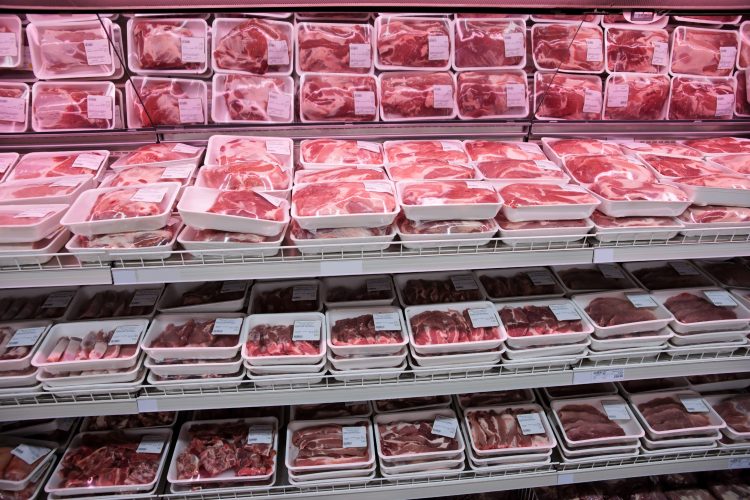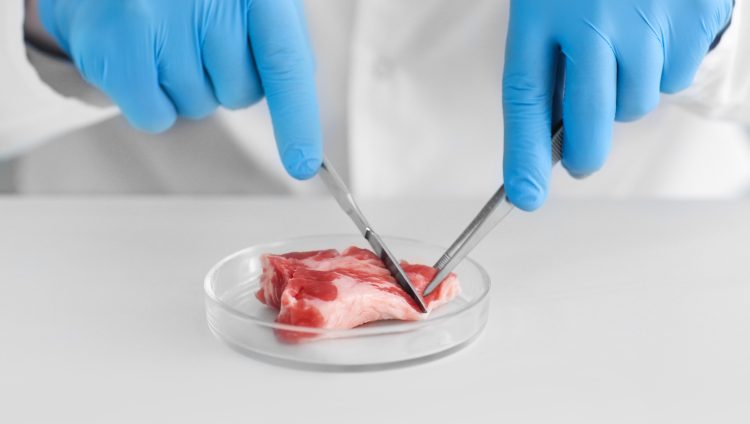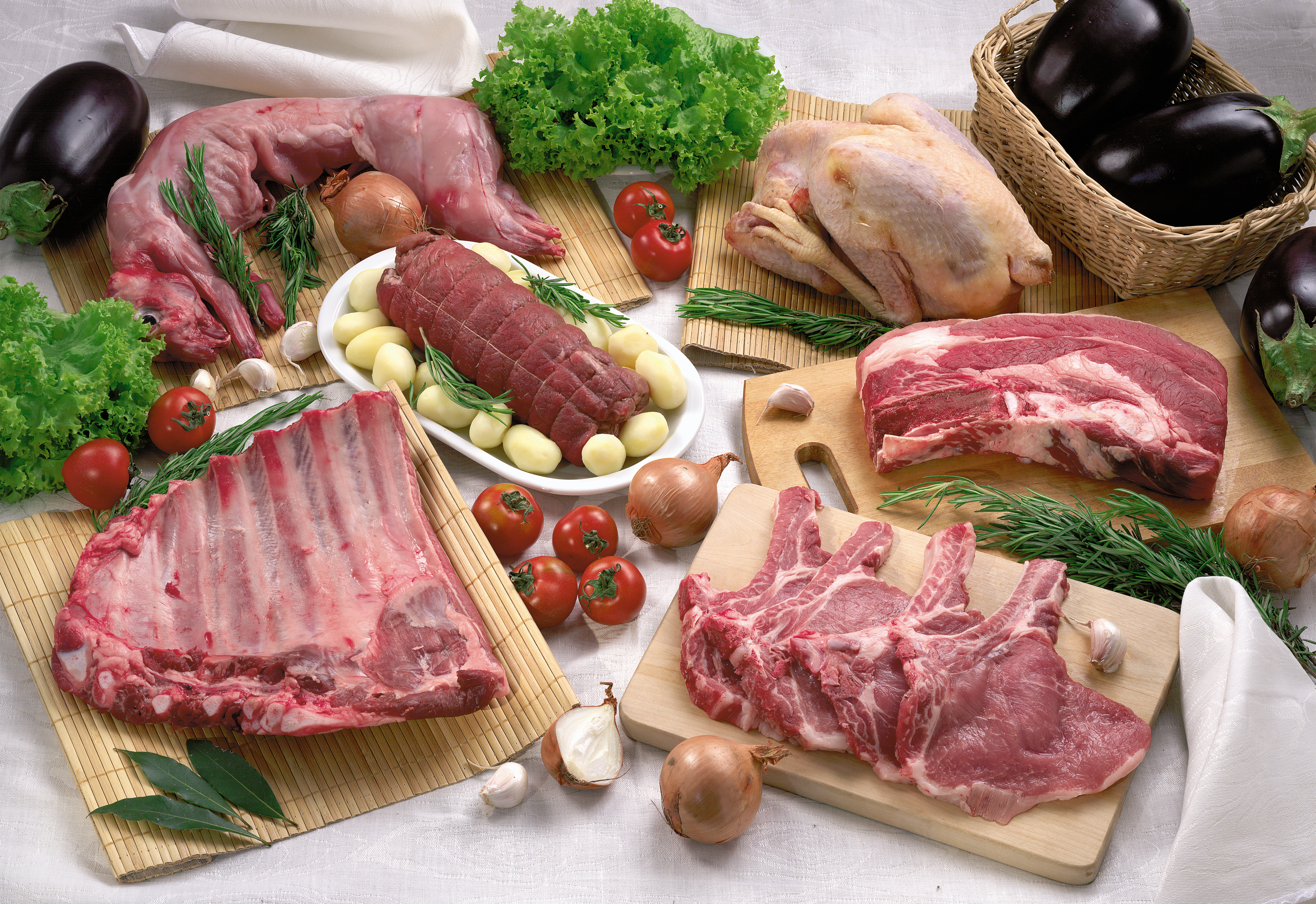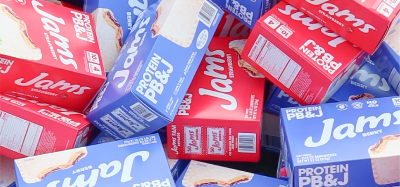Time to rethink the shelf-life rule?
- Like
- Digg
- Del
- Tumblr
- VKontakte
- Buffer
- Love This
- Odnoklassniki
- Meneame
- Blogger
- Amazon
- Yahoo Mail
- Gmail
- AOL
- Newsvine
- HackerNews
- Evernote
- MySpace
- Mail.ru
- Viadeo
- Line
- Comments
- Yummly
- SMS
- Viber
- Telegram
- Subscribe
- Skype
- Facebook Messenger
- Kakao
- LiveJournal
- Yammer
- Edgar
- Fintel
- Mix
- Instapaper
- Copy Link
Posted: 4 April 2019 | David Lindars (BMPA) | No comments yet
Over the last year, the British Meat Processors Association together with Meat and Livestock Australia have jointly funded a project to provide independent research into whether a retail shelf-life of greater than 10 days can be applied to fresh chilled meat. David Lindars of the BMPA assesses the results.


THE UK Food Standards Agency Vacuum Packed/Modified Atmosphere Packed (VP/MAP) Guidance (FSA, 2017) currently restricts the shelf-life of VP/MAP foods (including fresh meat) held at 3°C to 8°C to 10 days, unless suitable grounds for a longer shelf-life can be identified. Given the severity of botulism, a precautionary approach is understandable, yet fresh meat has a particularly strong safety record globally, despite no other countries providing similar guidance.
The results of this study have just been published and they suggest that retail shelf life could be extended beyond the current recommended 10‑day shelf life limit for VP/MAP fresh meat. This is important news for British meat processors as it potentially removes a significant technical barrier to trade as well as offering the opportunity to decrease waste and cut costs. It also suggests that any restriction should only be applied if there is a clear food safety benefit.
This project has used a risk assessment approach and carried out a challenge test experiment to establish whether a shelf-life of greater than 10 days can be applied to fresh chilled meat (as it lacks a single known controlling factor). Fresh meat is taken to mean “meat that has not undergone any preserving process other than chilling, freezing or quick-freezing, including meat that is VP (Vacuum Packed) or MAP wrapped (Modified Atmosphere Packed)” (Peck, 2019).
An extensive literature search was carried out in August 2018 to collect data on outbreaks of foodborne botulism. Records were retrieved from online databases, then combined with articles held in personal literature collections and references cited in or citing eligible articles. Searches were not restricted by country or language. The search of the literature failed to uncover any cases of botulism associated with fresh chilled VP or MAP meat. Of the 196 references initially identified as potentially suitable to be included in the database, 14 were considered eligible as the outbreak vehicle fitted the criterion of a commercial food intended to be stored chilled.
To put that into context, it is estimated that in the UK over the period 1999 to 2017, excluding 2006, the total number of 250g portions of beef, pork and lamb consumed was over 31 billion, 22 billion and 8.6 billion respectively: a total of 62 billion 250g portions.


Current practice provides a high level of protection with respect to non-proteolytic Clostridium botulinum
Using Food & Agriculture Organization (FAO) data, the number of portions of beef, pork and lamb consumed globally in 2015 totalled 820 billion 250g portions. And, in 2017 OECD consumption data indicates that a total of 620 billion portions were consumed. Both datasets demonstrate significant global consumption of fresh beef, pork and lamb each year. Following the release of the FSA 2017 guidance, an industry consortium was formed to commission and jointly fund the research project, made up of meat processors and retailers, most of whom are members of the British Meat Processors Association and Meat & Livestock Australia.
Aims and Objectives
The primary aim of the work is to provide information to assist industry in dealing with queries from enforcers and customers in relation to the FSA guidance. This aim is achieved through the writing of a document that sets out industry practice in relation to fresh meat distributed and/or sold to the final consumer and clearly establishes the level of protection with respect to non-proteolytic Clostridium botulinum. Work involved the collection of existing information for a risk assessment to assure safety with respect to non-proteolytic C. botulinum.
The key objective of the project is to prepare a risk assessment setting out the level of protection, with respect to non-proteolytic Clostridium botulinum and foodborne botulism, when employing current industry practice regarding VP/MAP fresh meat for certain meat species distributed and/or sold to the final consumer (that do not contain known controlling factors). This risk assessment includes and takes account of:
- hazard characterisation
- specified meat species and product types
- industry practice
- exposure assessment (market/sales data)
- exposure assessment (spore loading)
- foodborne botulism incidents related to fresh meat
- data on growth/neurotoxin formation by C. botulinum in fresh meat.
The report incorporates knowledge and expertise with non-proteolytic C. botulinum and in microbiological food safety, importantly including previous FSA and AHDB-funded work. It is hoped that wide dissemination of the findings will assist industry in dealing with queries from enforcers and customers in relation to the FSA 2017 guidance (FSA, 2017).
Report Findings
The ability not to be constrained by a 10-day shelf-life, as indicated in present FSA guidelines (2017), and the freedom to adopt a shelf-life greater than 10 days at 3°C to 8°C for fresh chilled beef, lamb and pork could bring significant economic, social and sustainability benefits to producers, processors and retailers. Such freedom removes a technical barrier to trade. There may also be environmental and consumer benefits through lower food wastage.
There is no evidence that currently-applied UK shelf lives combined with current production standards are unsafe. If changes are made to industry practice, then these may affect the level of protection.


Longer shelf lives could mean less wastage
Some previous challenge test studies are subject to various limitations, however a new challenge test study carried out in the current project demonstrated that samples of beef and lamb inoculated with spores of non-proteolytic C. botulinum and incubated at 8°C did not become toxic to day 50 (beef) or day 35 (lamb) (ie, <40 pg type B toxin g-1 of meat and <40 pg type E toxin g-1 of meat). All samples of pork were negative for type B and type E neurotoxin (ie, <40 pg type B toxin g-1 of meat and <40 pg type E toxin g-1 of meat) at day 25, with one sample positive for type B neurotoxin at day 35 (ie, >40 pg type B toxin g-1 of meat). The positive pork sample had spoiled by day 12.
Data provided by industry members of the project consortium indicates that UK industry applies a maximum chilled retail pack shelf life at 3°C to 8°C of up to 23 days for beef, 27 days for lamb, and 18 days for pork. Using a risk assessment approach, it was established that the current industry practice provides a high level of protection with respect to non-proteolytic Clostridium botulinum, estimated as >10.8 safety units (decimal number of products (ie, >1010.8) marketed per number causing botulism). The estimation of the level of protection and the results from the new challenge test experiment both support a shelf-life of greater than 10 days for fresh chilled beef, lamb and pork held at 3°C to 8°C and supports currently-applied UK shelf lives combined with current production standards.
Conclusions and recommendations
Currently, the UK industry typically applies a chilled retail shelf life at 3°C to 8°C of up to 11‑13 days to packs of fresh beef, pork and lamb, with a maximum of 23 days for beef, 27 days for lamb, and 18 days for pork. This practice provides a high level of protection with respect to C. botulinum.
The estimation of the level of protection and the results from the challenge test experiment both support a shelf-life of greater than 10 days for fresh chilled beef, lamb and pork held at 3°C to 8°C.
The shelf-life of fresh red meat is of great significance to the industry. Therefore, these project findings should be widely disseminated in order to maximise benefit and value from this project to the red meat industry.
There is no evidence that currently-applied shelf lives of fresh chilled beef, pork and lamb combined with current production standards are unsafe
Using a risk assessment approach, it was established that current practice provides a high level of protection with respect to non-proteolytic Clostridium botulinum; thus, there is no evidence that currently-applied shelf lives of fresh chilled beef, pork and lamb combined with current production standards are unsafe.
The ability not to be constrained by a 10‑day shelf-life, as indicated in present FSA guidelines (2017) and the freedom to adopt a shelf-life greater than 10 days at 3°C to 8°C for fresh chilled beef, lamb and pork can bring significant benefits to producers, processors and retailers. But, just as importantly, it has the potential to bring environmental and consumer benefits through lower in-home wastage.
Further work for this research project
The research paper has been published on the BMPA website (www.britishmeatindustry.org) and is free to download. The BMPA and the MLA have agreed to fund a peer review of this work which will be managed by QIB Extra at the Quadram Institute in Norwich. In addition, the BMPA has written to the ACMSF (Advisory Committee on the Microbiological Safety of Food) to present the findings of this research. Professor Mike Peck will be leading this on behalf of the BMPA. The hope is that the FSA will now review the 2017 guidance and allow more flexibility, as all food manufactures have when they carry out their due diligence, in setting the total shelf life of any food product.
About the author
DAVID LINDARS is technical operations director at BMPA. He brings many years of experience in food retailing, hotels & hospitality and food manufacturing to the organisation.









